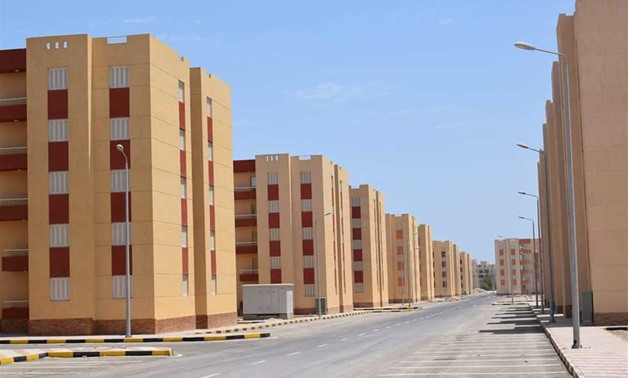Dr. Saeed Hassanein, an urban planning consultant, affirmed that Egypt has succeeded in eliminating the most dangerous slum areas that once posed serious threats to the lives of residents. He explained that slums used to constitute 38% of the urban mass and were home to nearly 20 million citizens. These slums were not merely an urban crisis but had a deeply negative impact on the behavior and psychological well-being of citizens due to the lack of basic services and the deterioration of the urban environment, prompting urgent state intervention. He pointed out that official surveys prior to 2011 revealed the presence of 357 extremely hazardous slum areas, including 82 in Greater Cairo and 71 in the Suez Canal region.

Hassanein noted that directives from President Abdel Fattah El-Sisi in 2014 launched a national plan to eliminate slums, supported by a strict development timeline. The plan was based on detailed surveys, prioritizing intervention areas, and providing alternative housing that preserves citizens’ dignity. By 2022, the most dangerous slum areas had been cleared and transformed into green and touristic areas, such as Ain El Sira. He confirmed that this experience received international acclaim and has become a model emulated by several African and Arab countries.
